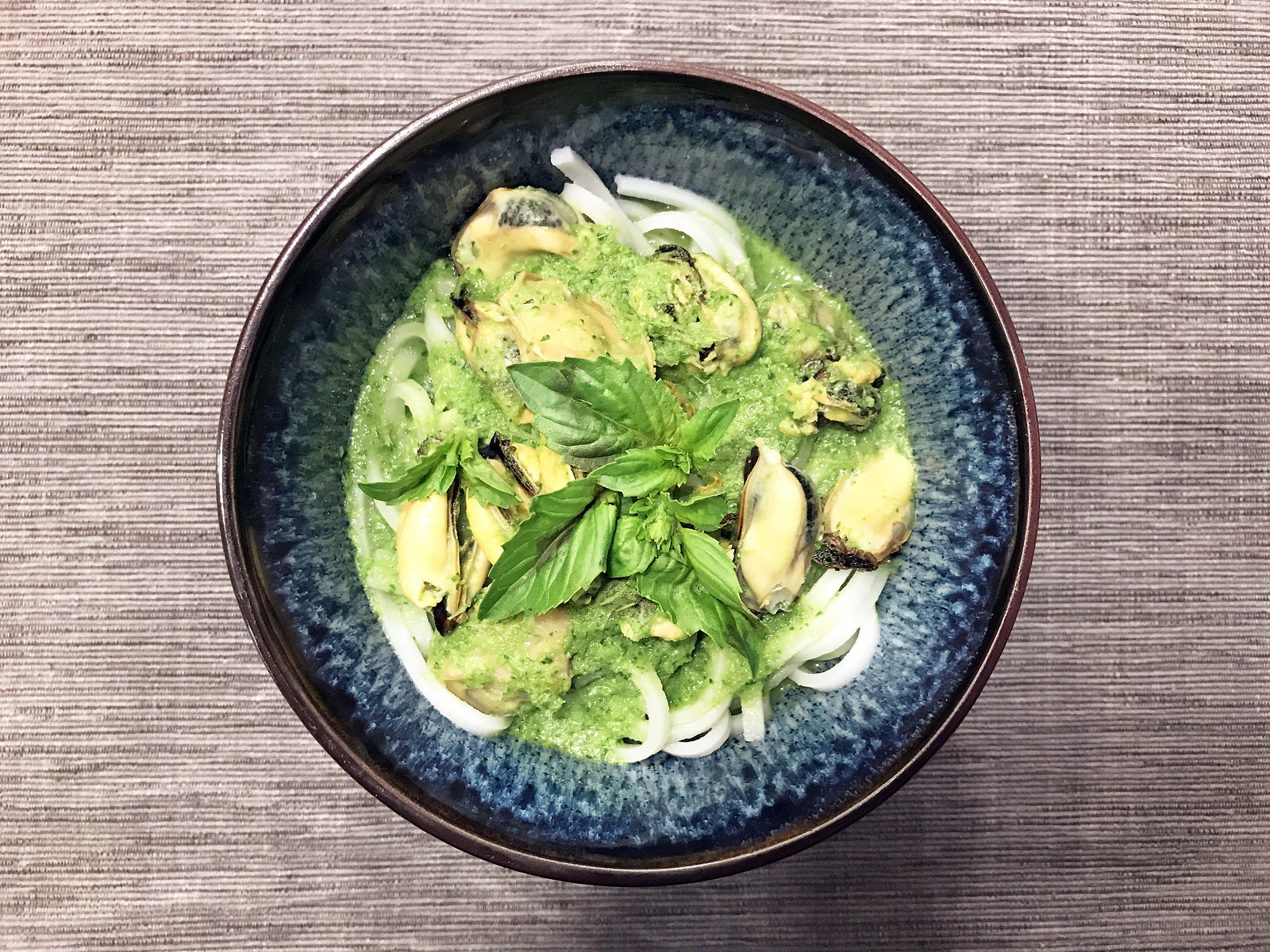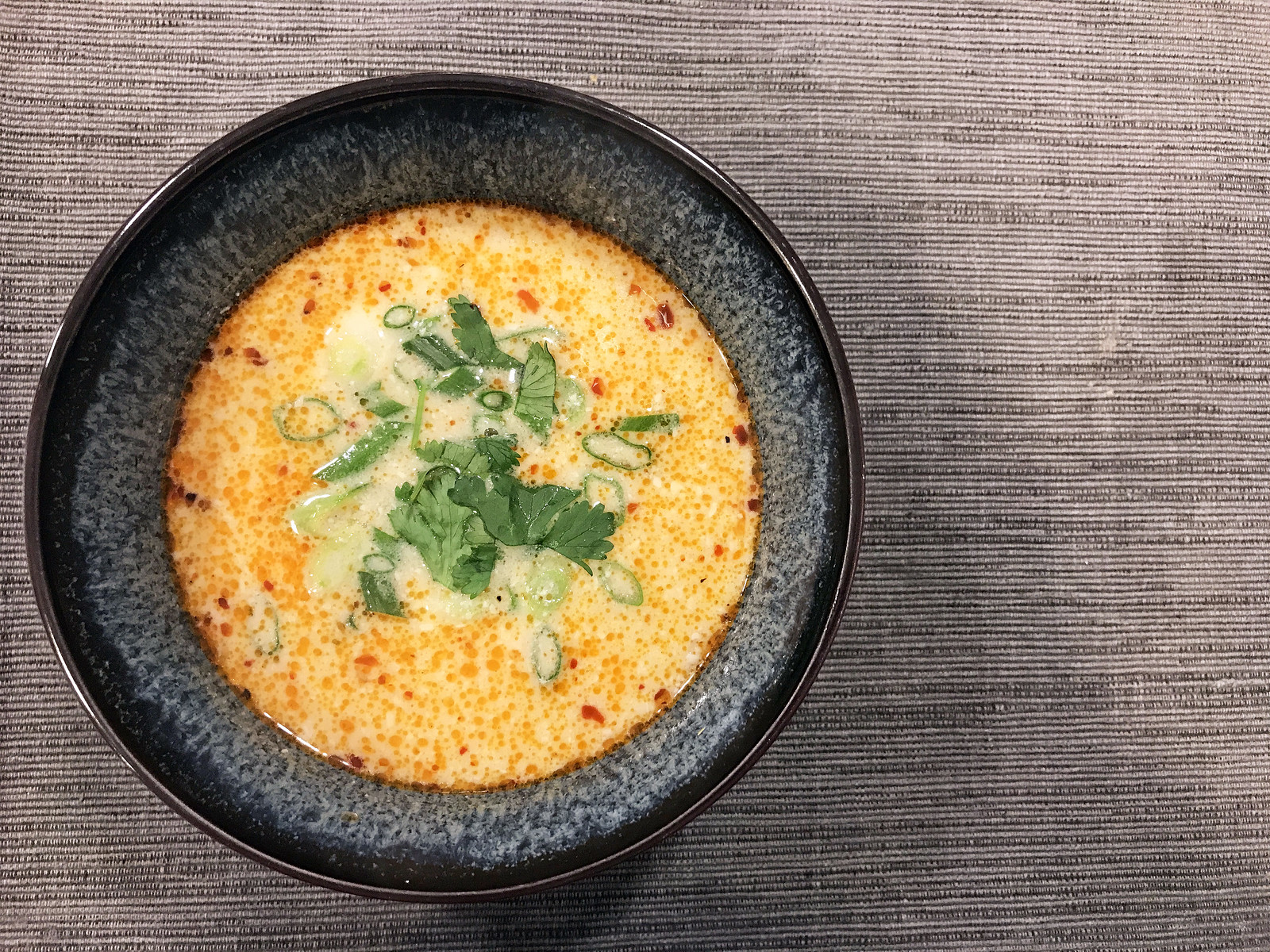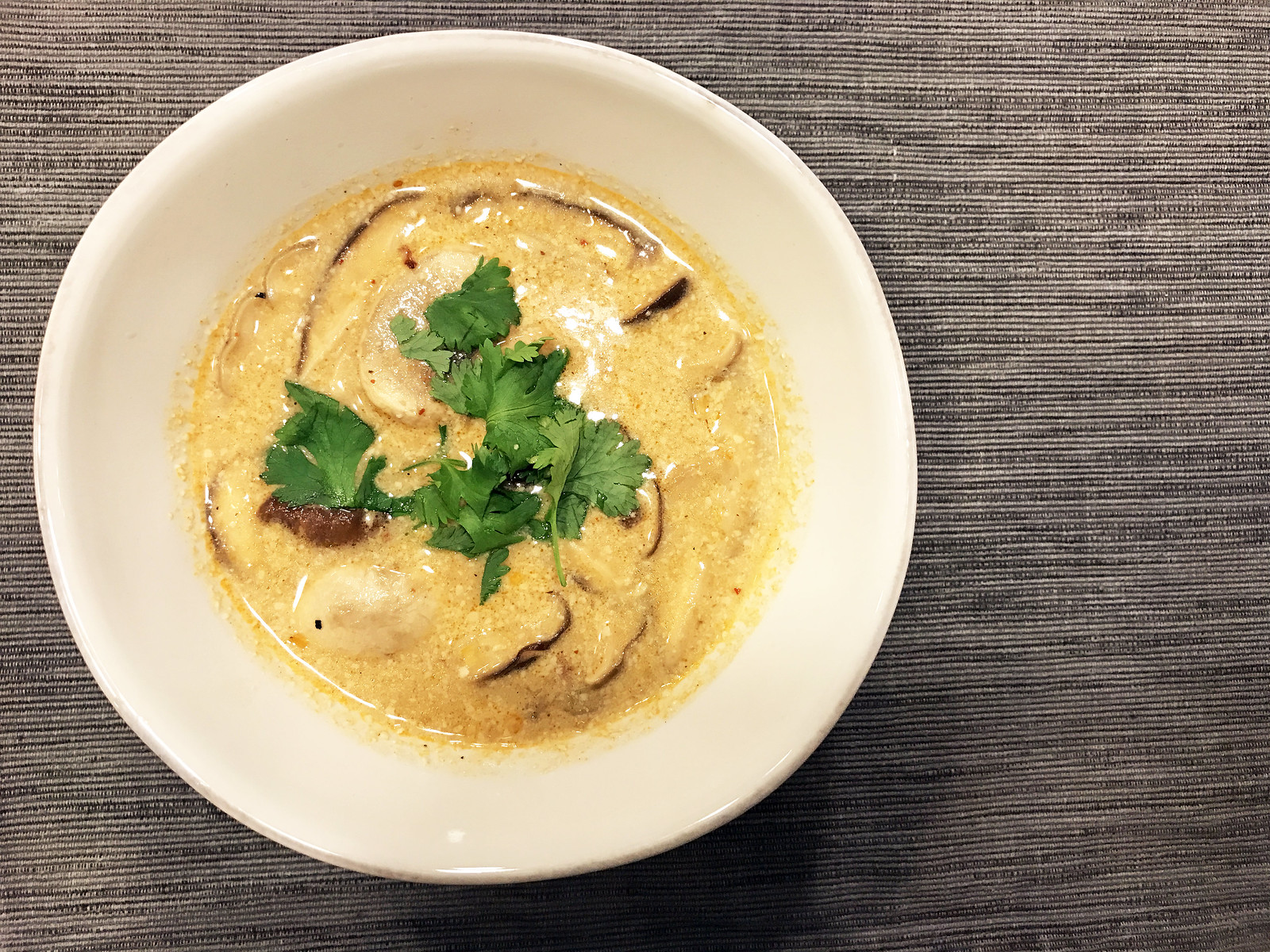I could eat noodles for breakfast, lunch, and dinner every day and I wouldn’t get bored. But I’m trying to reduce the amount of grains in my diet lately, and this citrusy Southeast Asian-inspired salad is just the answer. It’s light, summery, and best of all, delicious.
Made from mung beans, bean thread noodles are gluten free, grain free, and have a slippery, wonderful mouthfeel similar to Korean sweet potato noodles. Use these in stir-fries, soups, salads — really, anything.

Ingredients:
1 pound oyster mushrooms, cleaned
2 tablespoons vegetable oil
3 cloves garlic, minced
1/2 pound ground chicken
1/2 teaspoon salt
3 bundles (about 3 ounces) bean thread noodles, soaked in warm water for 20 minutes and drained
1 green onion, cut lengthwise into thin slices and then cut crosswise into 2-inch lengths
1/2 cup cilantro leaves
1/2 cucumber, thinly sliced
Ground black pepper
4 tablespoons lime juice
4 tablespoons fish sauce
1/4 teaspoon dried red chili flakes
1 teaspoon sugar
1. Heat 1 tablespoon oil in a wok over high heat and add the oyster mushrooms, stir-frying until cooked through and slightly golden, about 5 minutes. Remove from heat, let cool slightly, cut into bite-size pieces, and set aside in a large bowl.
2. Wipe out cooled wok and return to stove. Heat remaining tablespoon oil in the wok over high heat and add the garlic and stir-fry until golden, about 30 seconds. Add the chicken and stir-fry, then add the salt and a small pinch of sugar and continue stir-frying until cooked through and slightly golden. Remove from heat and add chicken to the bowl with mushrooms.
3. Bring a pot of water to a boil, cut the soaked bean thread noodles into 5-inch lengths, and add to boiling water for 1 minute, until just cooked through. Drain into a colander and rinse with cold water. Drain again. Place the noodles in the bowl with the mushrooms and chicken.
4. In a small bowl, mix together the lime juice, fish sauce, chili flakes, and 1 teaspoon sugar. Pour dressing over salad and toss gently.
5. Add the green onions, cilantro, and cucumber to the salad and toss again. Arrange noodle salad on a platter and sprinkle lightly with ground pepper.




